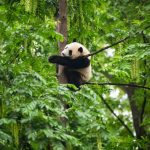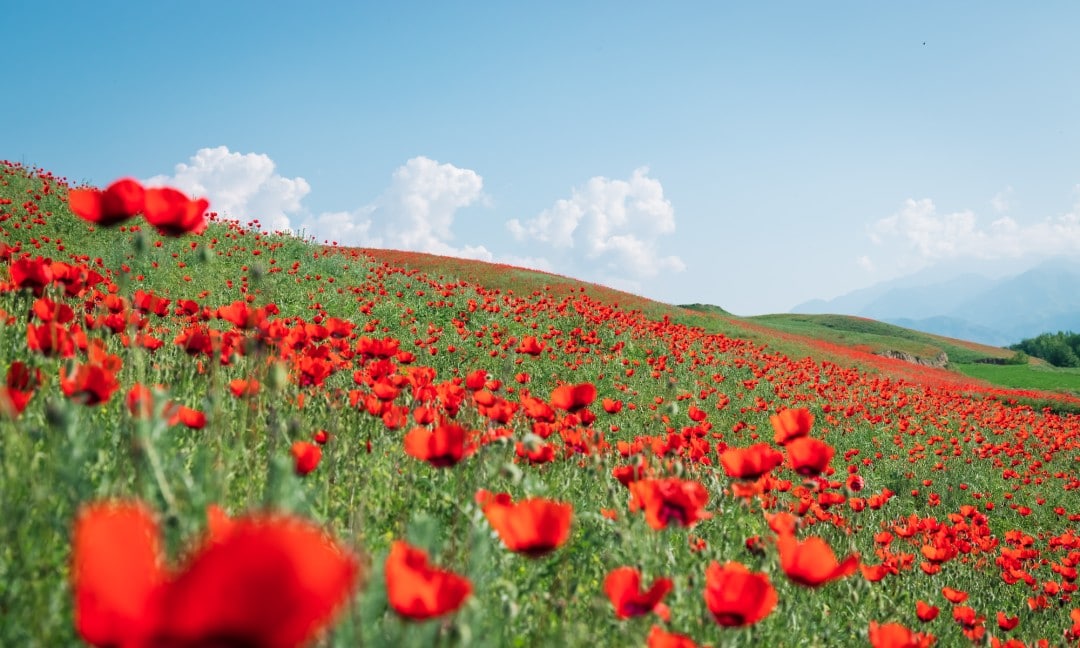
If we are to talk about the hottest travel destination this summer, it surely belongs to Xinjiang.
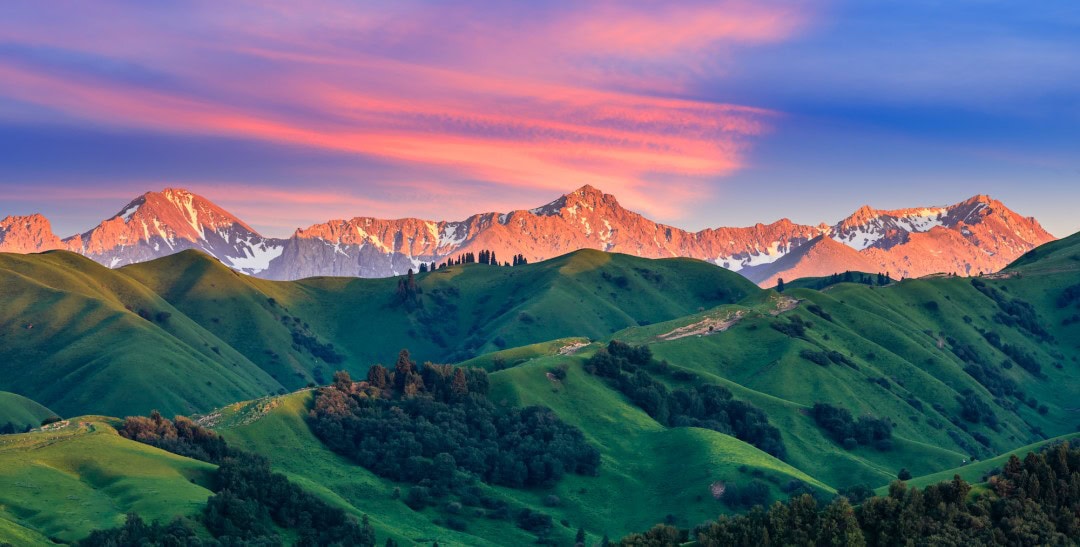
First, we had the healing power of “My Altay,” followed by the early opening of the Duku Highway, and many friends have already set off for Xinjiang in search of distant horizons. Being stuck in the office, I find myself restless every day, eagerly planning my itinerary for Northern Xinjiang, just waiting for an opportunity to rush out!
When summer comes to Xinjiang, self-driving is a must!!!
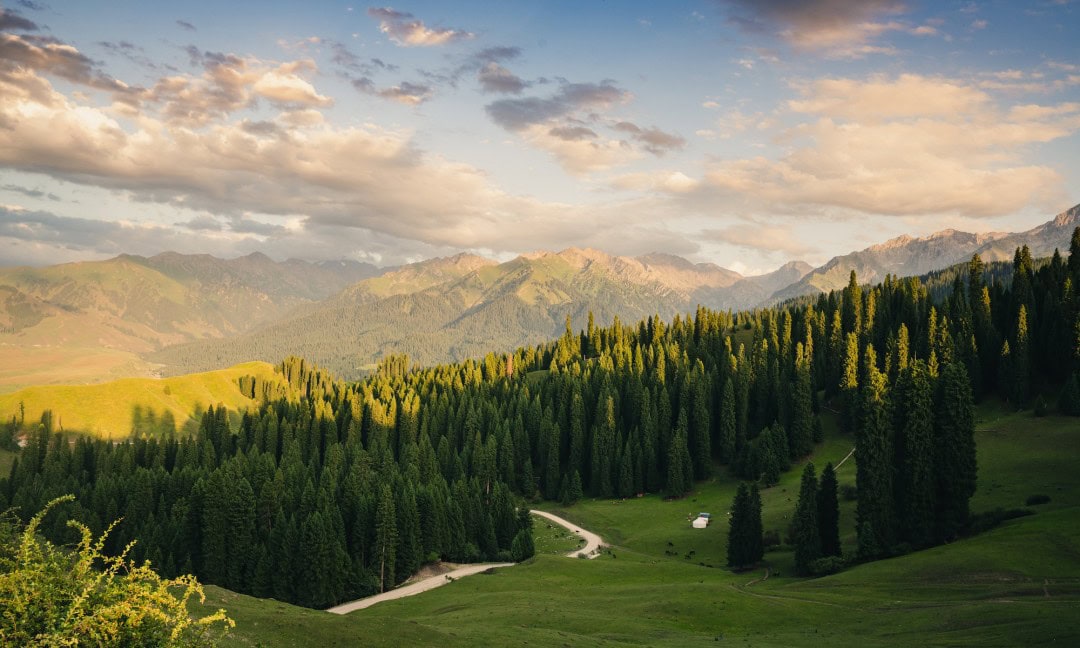
Firstly, Xinjiang’s most beautiful scenery is on the road; when driving, you can go wherever you want and stop wherever you please, providing great freedom. Secondly, some places can only be reached by car, such as the dreamy sunset over the Chasi Forest, which is almost impossible to see on a tour group.
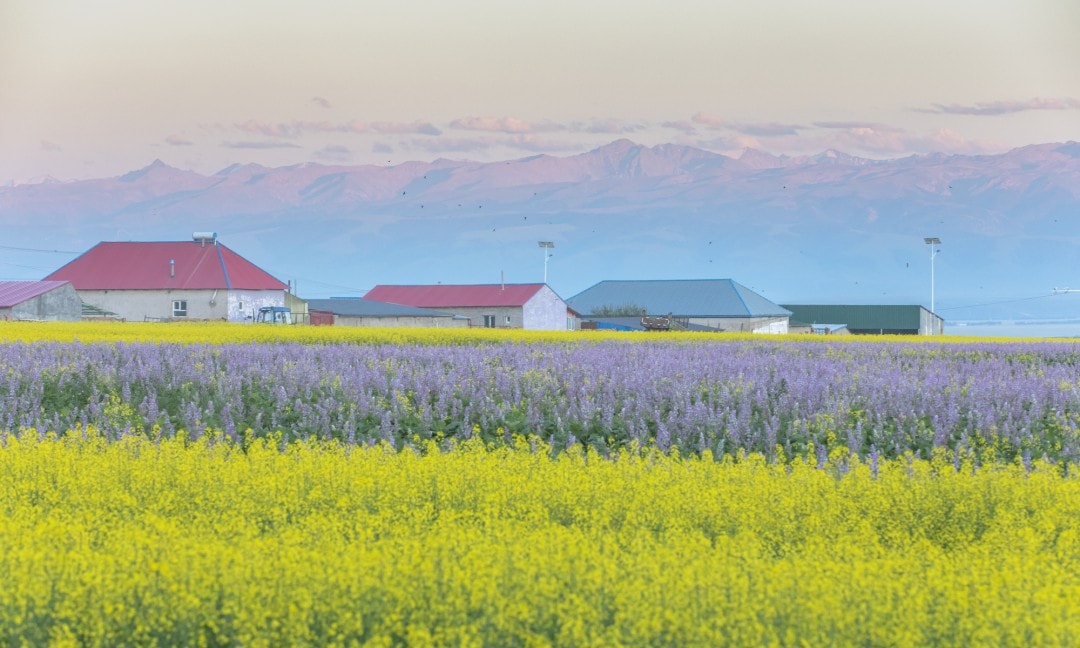
For exploring Xinjiang by car in summer, I personally want to travel the Yili loop and the Duku Highway. The Yili River Valley is filled with a myriad of summer colors: the purple of lavender, the verdant forests, the lush greenery of the meadows, the blue of Sayram Lake, the gray of Dushanzi, and the golden sea of rapeseed flowers… a god-tier summer experience!
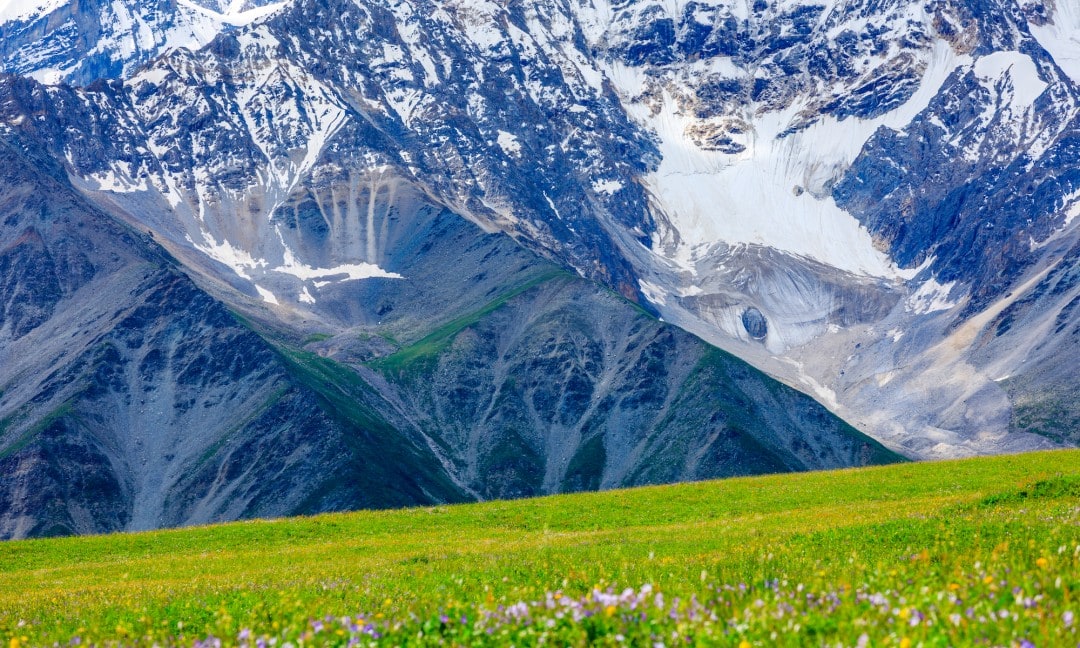
Here, countless wildflowers bloom, and the pastures beneath the snow-capped mountains are filled with a colorful sea of wildflowers, with cattle and sheep running in the distance—surely this must be a realm of the gods!
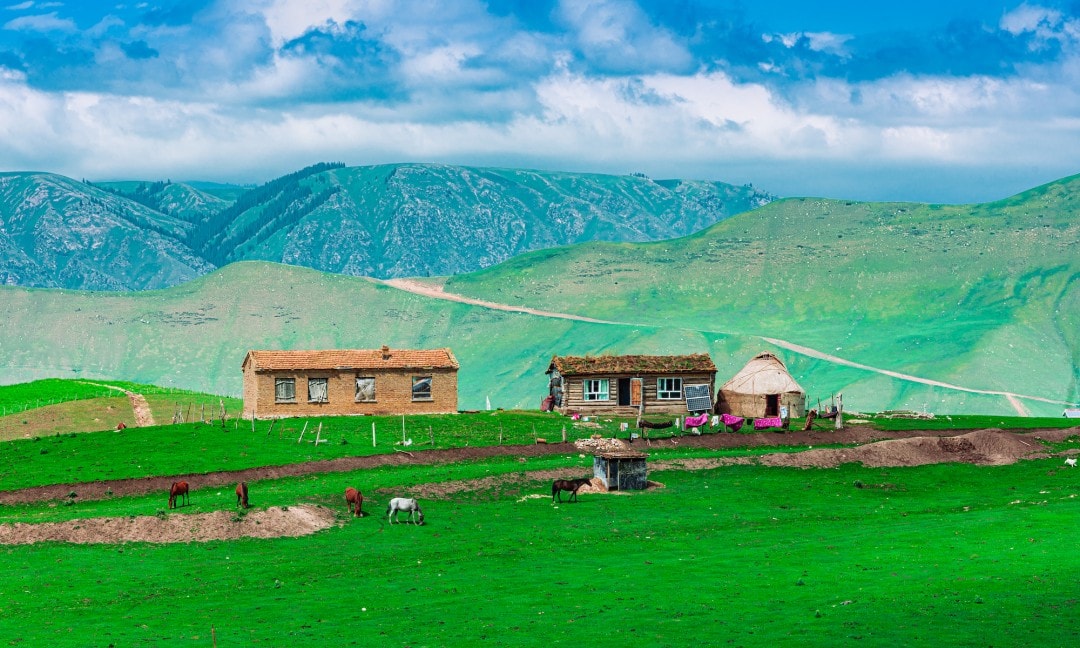
Traveling this route allows for moments of solitude. At the sky pastures, which are even more healing than “My Altay,” you can ride horses and swing without a care in the world. Without further ado, let me tell everyone how to enjoy a self-drive trip in Yili and Duku!
About Self-Driving
Xinjiang is undoubtedly a paradise for countless self-drivers. Every road has stunning views, and each pasture’s scenery is enough to flood social networks.
✅ If you’re self-driving in Xinjiang this summer, I highly recommend the following route: 👇
Day 1: Yining – Huo Cheng Lavender – Sayram Lake – Guozi Kou Bridge – Yining
Day 2: Yining – Yizhou Highway – Tianma Bath River – Zhaosu
Day 3: Zhaosu – Xiata – Tekes
Day 4: Tekes – Karajun – Tekes
Day 5: Tekes – Qiongkushitai – Gongliu
Day 6: Gongliu Chasi Forest – Gongliu
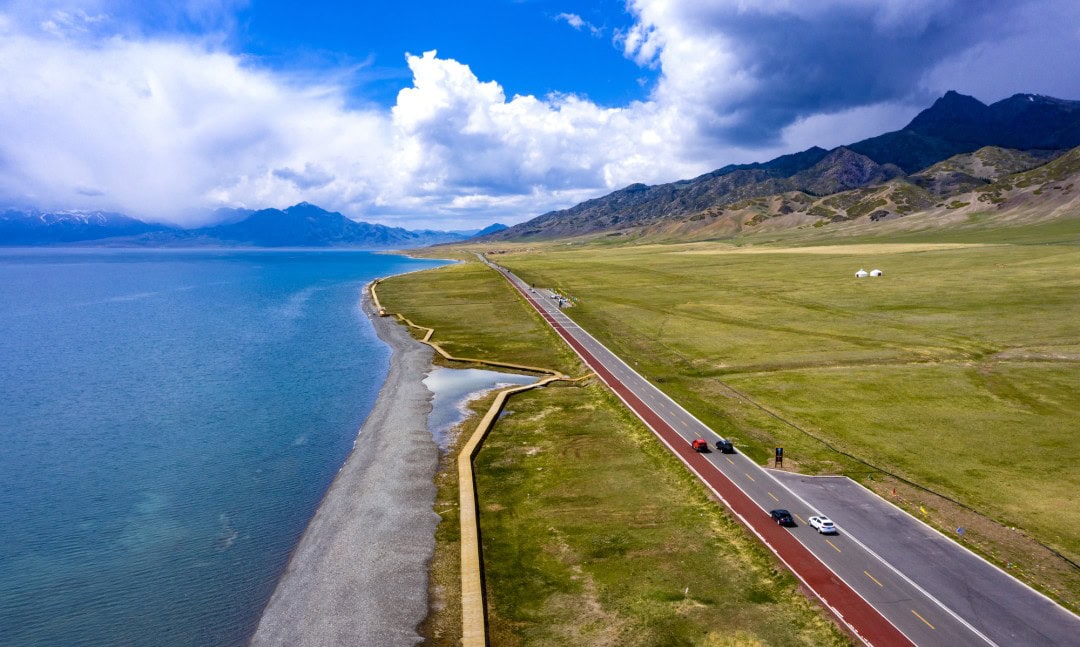
Day 7: Gongliu – Dushanzi – Qiaerma – Nalati
Day 8: Nalati – Bayinbuluk – Kuqa
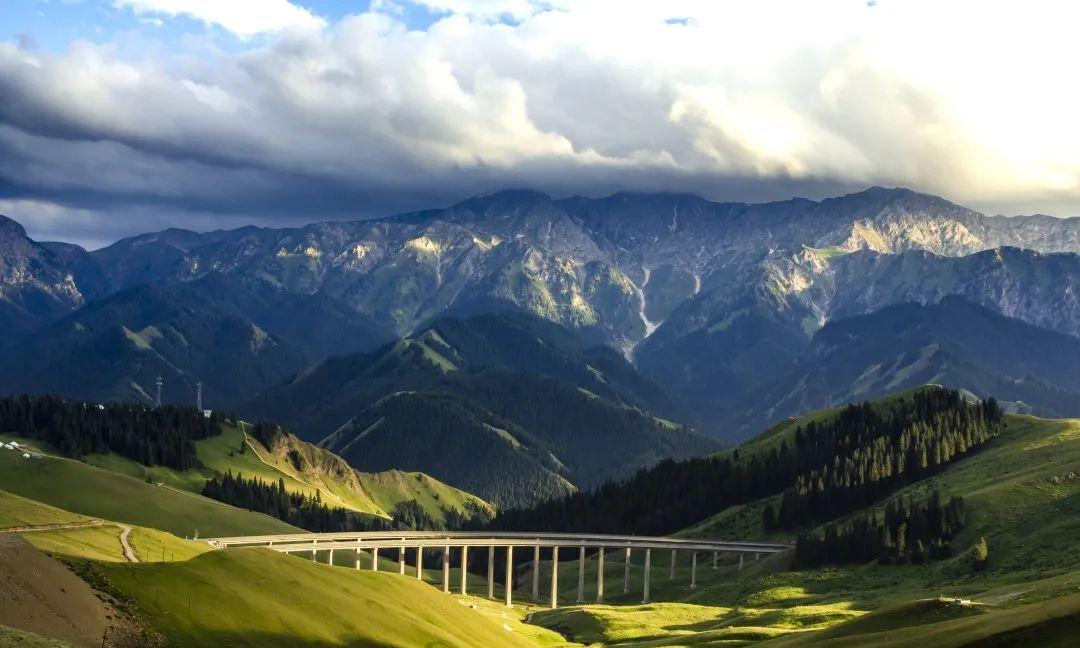
(The self-drive route is a rough outline and can be adjusted based on actual travel circumstances.)
By completing this route, you will almost have seen all its summer beauty.
Furthermore, renting a car is also a critical part of self-driving in Xinjiang. With vast grasslands, a reliable vehicle is essential. It is also important to ensure that someone is available online to help with any unexpected situations during the trip, allowing for carefree enjoyment.
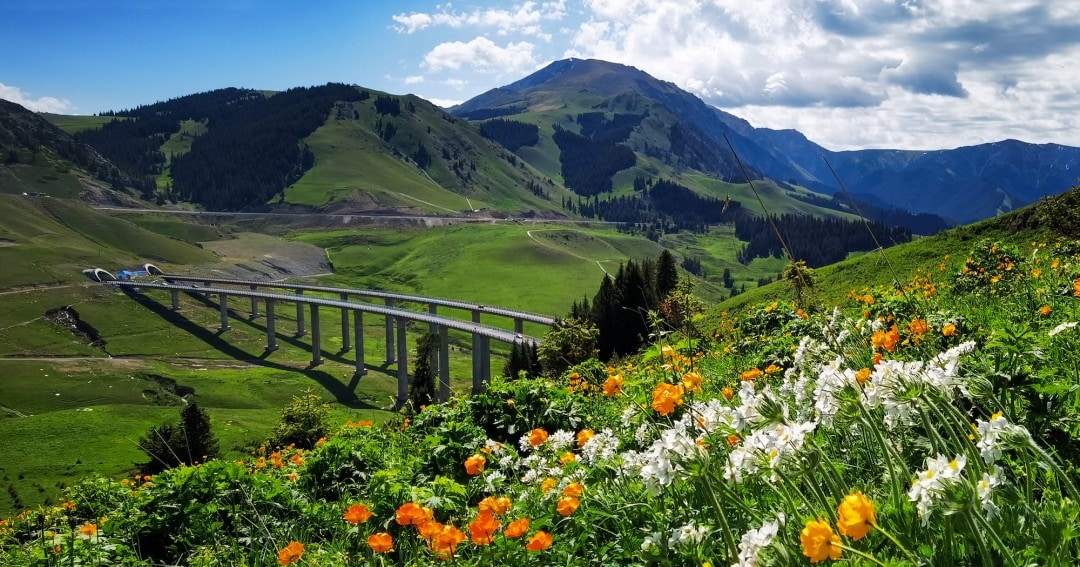
✅ How to Rent a Car
Given the long distances in Xinjiang, it is crucial to select a reputable car rental company: it should offer a variety of vehicle types, well-maintained cars, and have a complete process in place for quickly addressing any emergencies.
Personally, I recommend Shenzhou Car Rental. It operates as a national chain with outlets at major transportation hubs, making it convenient to pick up and return the car. You can easily place your order directly through the mini-program below, and returning the car in a different location is also easy.
Secondly, the costs are transparent with no hidden fees, so you won’t have to worry about being scammed. They have 24-hour customer service and assistance so you can travel with peace of mind. Many of my friends also use this service and have had great experiences.
✅ Money-Saving Tips
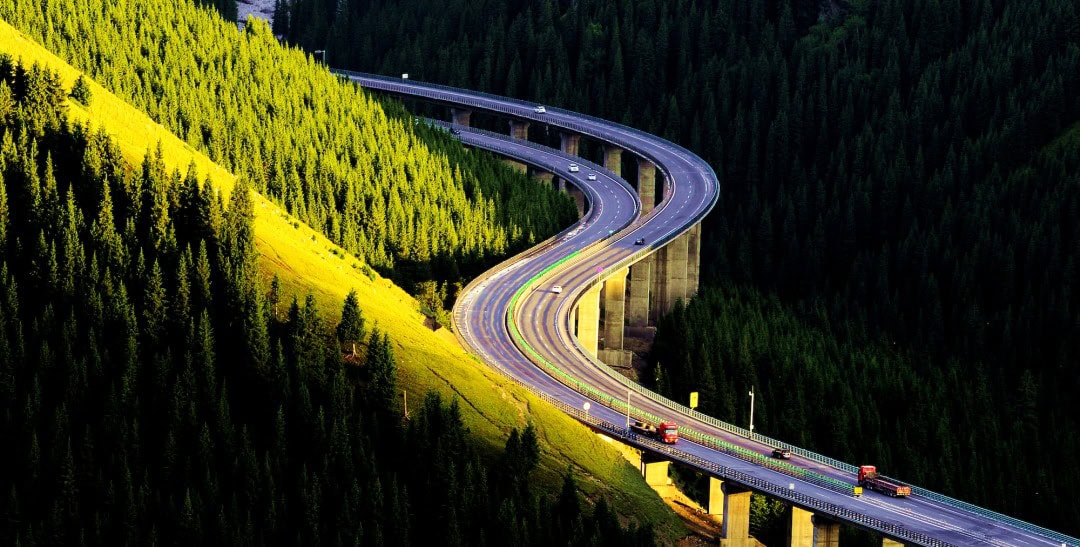
If you plan to visit Xinjiang soon, here are a few money-saving tips:
From June 13 to July 10, 2024, you can participate in the promotion at Shenzhou Car Rental, where you can rent 4 days and get 1 free, limited to 1,000 coupons per day starting at 10:00 AM.
With just a few taps, you can save quite a bit.
✅ Things to Note for Self-Driving
Some roads in Xinjiang can be difficult to navigate, and certain areas do not allow vehicles larger than 7 seats or RVs. To fully enjoy the route mentioned above, when renting a car, make sure to choose an SUV or off-road vehicle.
Shenzhou Car Rental is great for this; they have a wide and new selection of vehicles. Additionally, they have 24-hour outlets for any assistance.
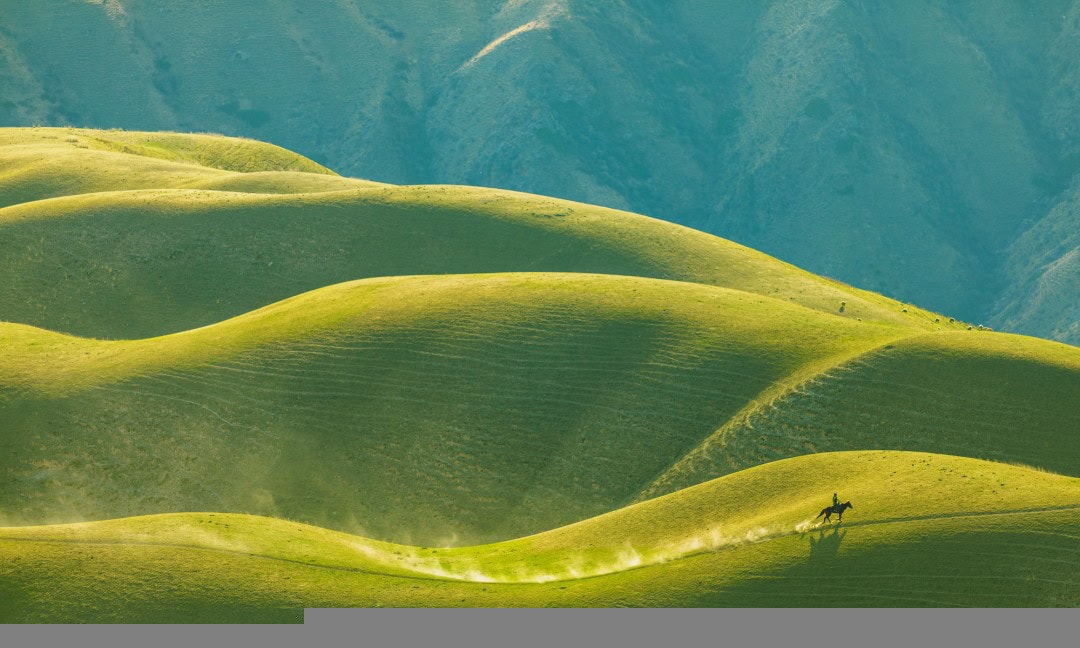
✅ Choosing Yili Pastures
I listed some key pastures in Yili in the earlier route introduction, but I think it’s not necessary to visit all of them. Here’s a brief overview of their differences, allowing you to choose according to your preferences.
📍 Xiata: A place where you can see snow-capped mountains in summer, featuring canyons, snow mountains, meadows, and seas of wildflowers. However, self-driving is not permitted within the scenic area.
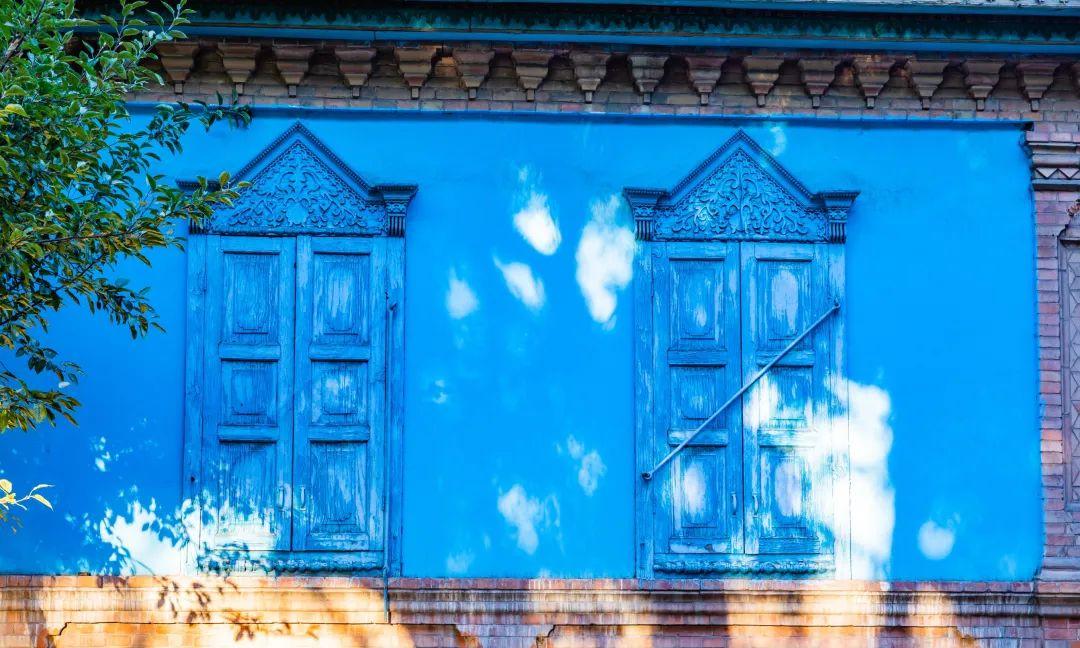
📍 Karajun: The pinnacle of Yili pastures, the area is vast; Eastern Karajun is grassland, while Western Karajun features canyons. This year, self-driving is allowed.
📍 Qiongkushitai: The scenery is similar to Xiata; you can choose one of the two.
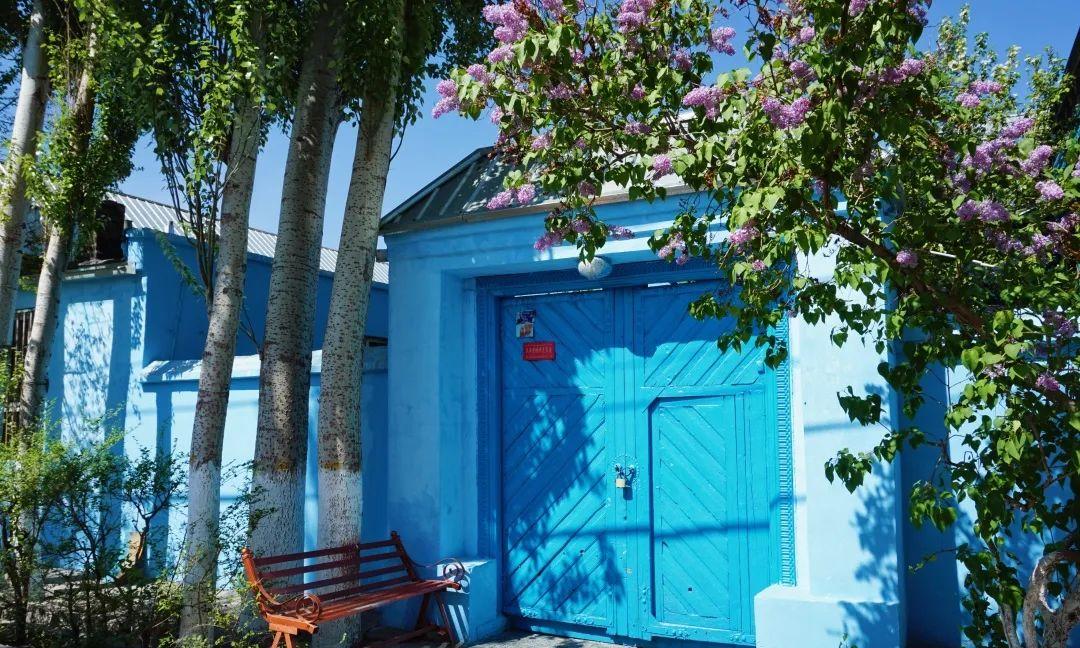
📍 Chasi Forest: Capturing the essence of the Yili River Valley; the sunsets are breathtaking, but public transport is not easily accessible, making self-driving the most suitable option.
How to Enjoy Yili and Duku
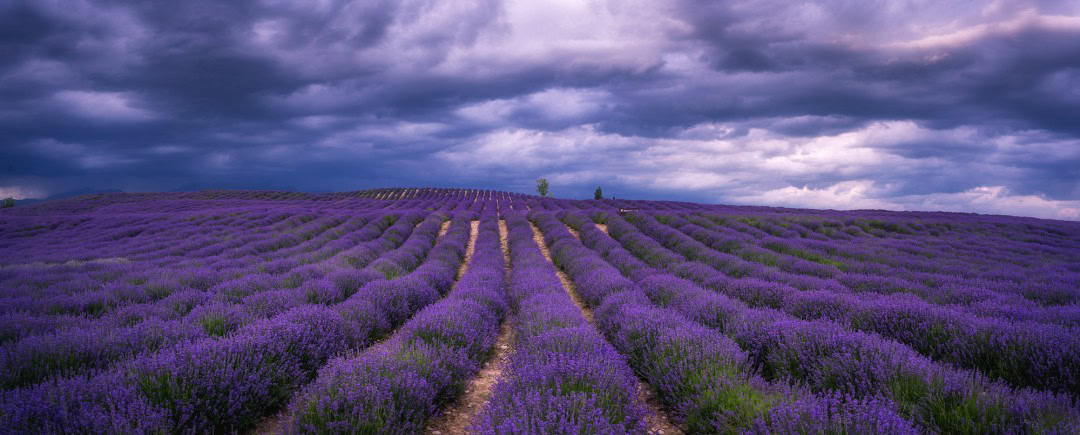
Yining
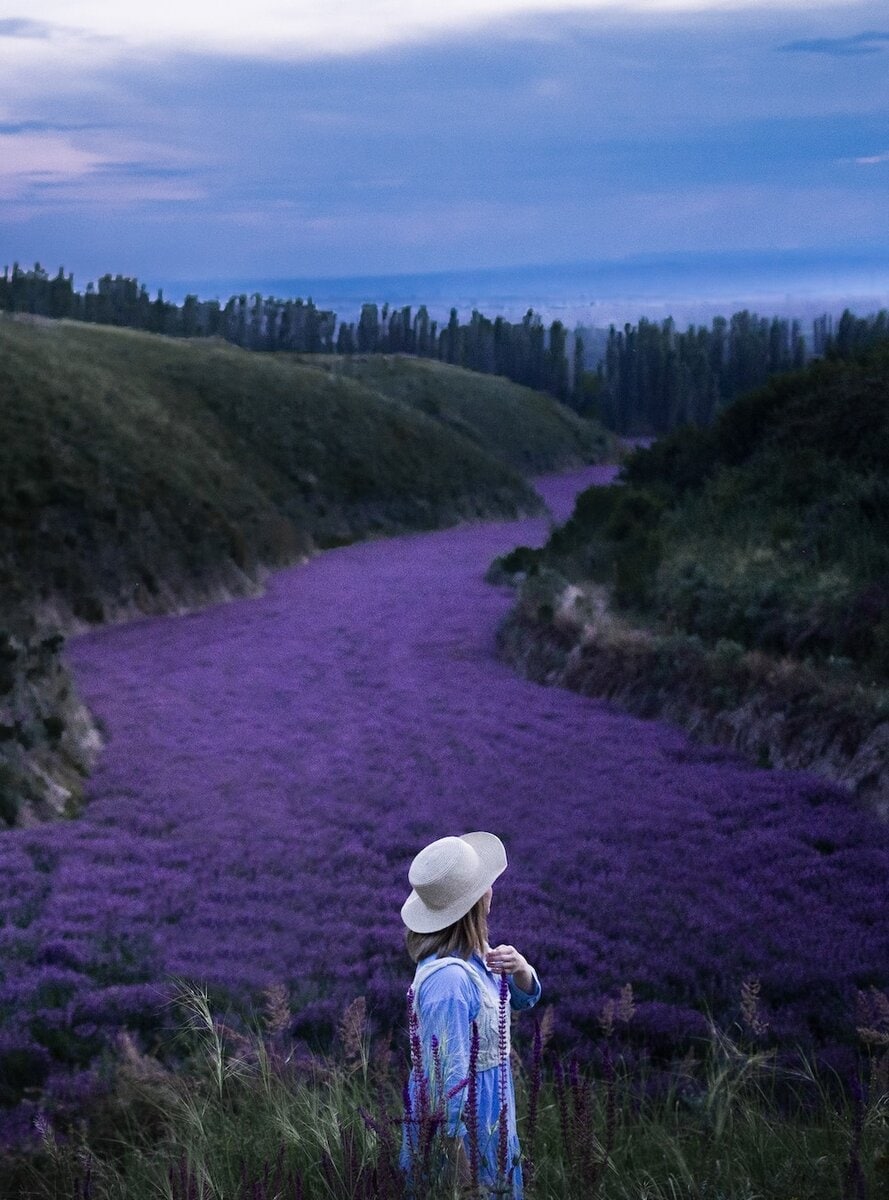
Although many people will start from Urumqi, I think it’s more convenient to fly directly to Yining. Yining is the capital of the Yili Kazakh Autonomous Prefecture and is a peaceful little town.
When in Yining, you absolutely must visit Kazanchi; it’s a romantic blue world that rivals Morocco. The traditional Uyghur dwellings here are numerous, with most homeowners painting their exterior walls blue, creating a dreamy atmosphere as you walk around and appreciate the beauty.
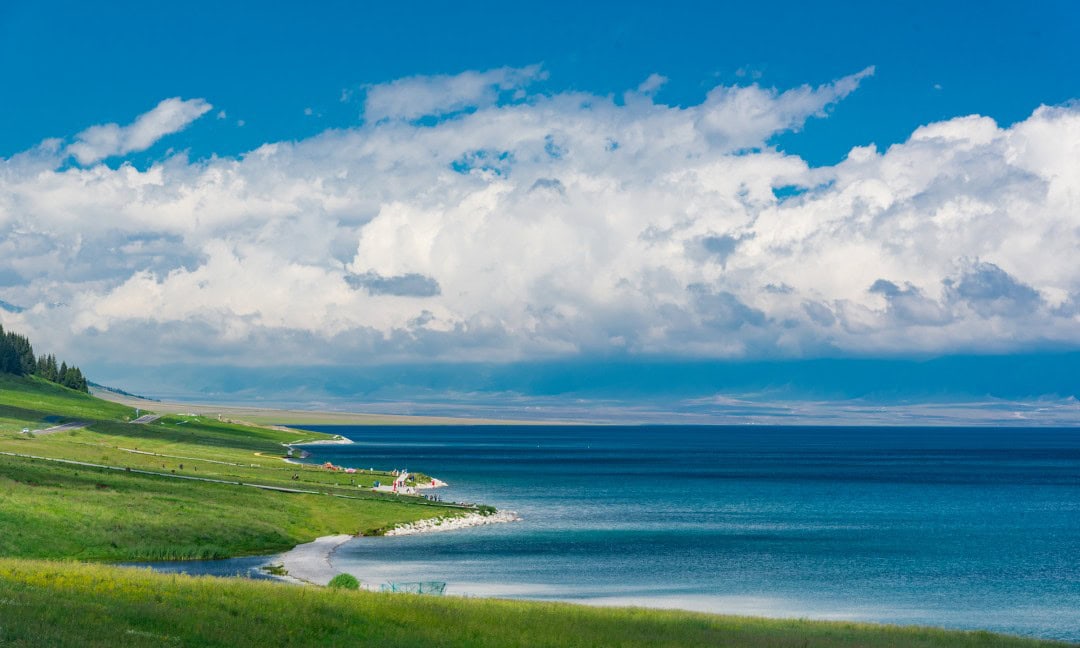
Huo Cheng Lavender
If you happen to be in Xinjiang during lavender blooming season, don’t miss Huo Cheng. It’s one of the world’s top three lavender bases, alongside Provence and Hokkaido, where vast lavender fields create incredibly romantic pictures. Notable spots for flower viewing in Huo Cheng include the Princess of Worry Lavender Base and the Yili Tianshan Flower Sea Tourism Area.
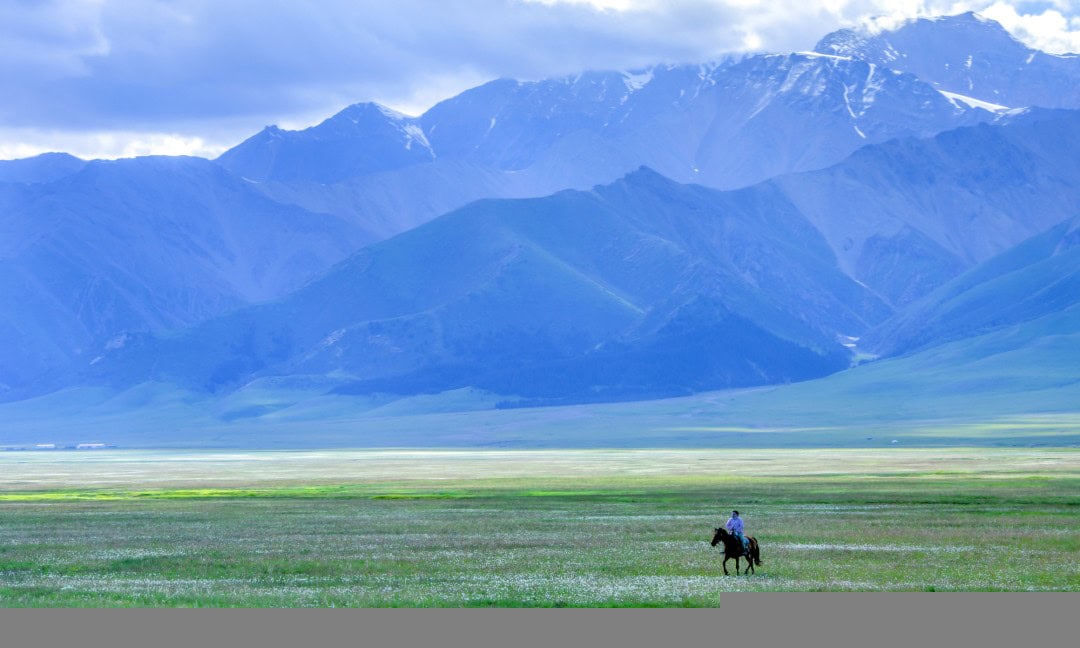
If you have ample time, I also recommend a leisurely stroll in Huanghuang Village, where you can find a purple river of lavender flowers behind the village, along with many cozy coffee shops to enjoy a slow afternoon.
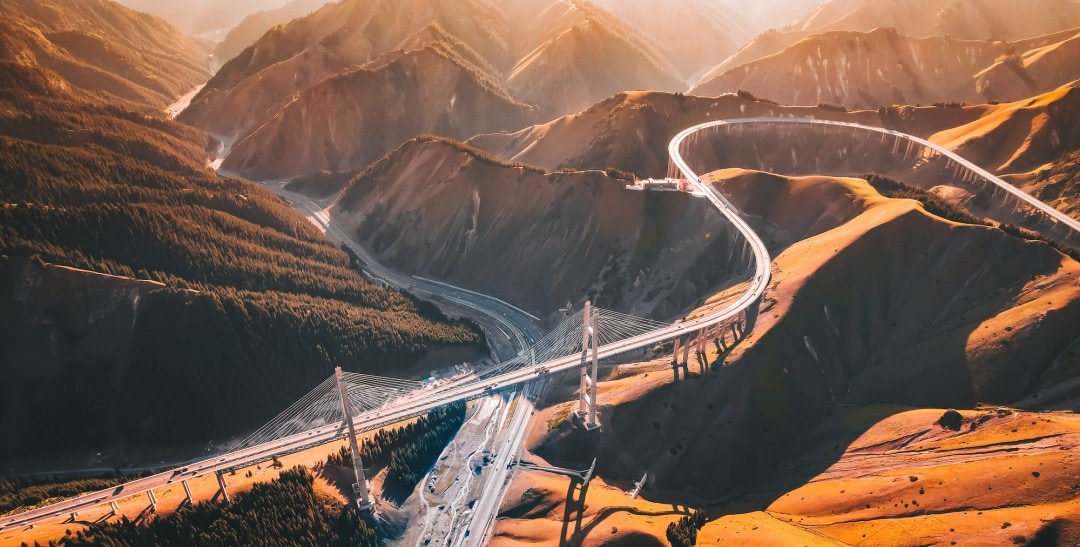
Sayram Lake + Guozi Kou Bridge
In the words of Sa Beining, “If you haven’t been to Sayram Lake, you haven’t lived.” This lake is known as “the last tear of the Atlantic,” like a sea hidden in the heart of the Eurasian continent. June and July are the most beautiful seasons for Sayram Lake, with its blue and clear water, surrounded by countless blooming wildflowers that paint the landscape into a dream.
You can drive through the scenic area, and self-driving around the lake offers more freedom for stopping whenever you see a view you like. If you’re driving, just book a self-drive ticket directly at “Sayram Lake.” Upon reaching the parking area, be sure to collect your paper ticket first. It’s recommended to start from the east entrance and drive counterclockwise around the lake, exiting from the south.
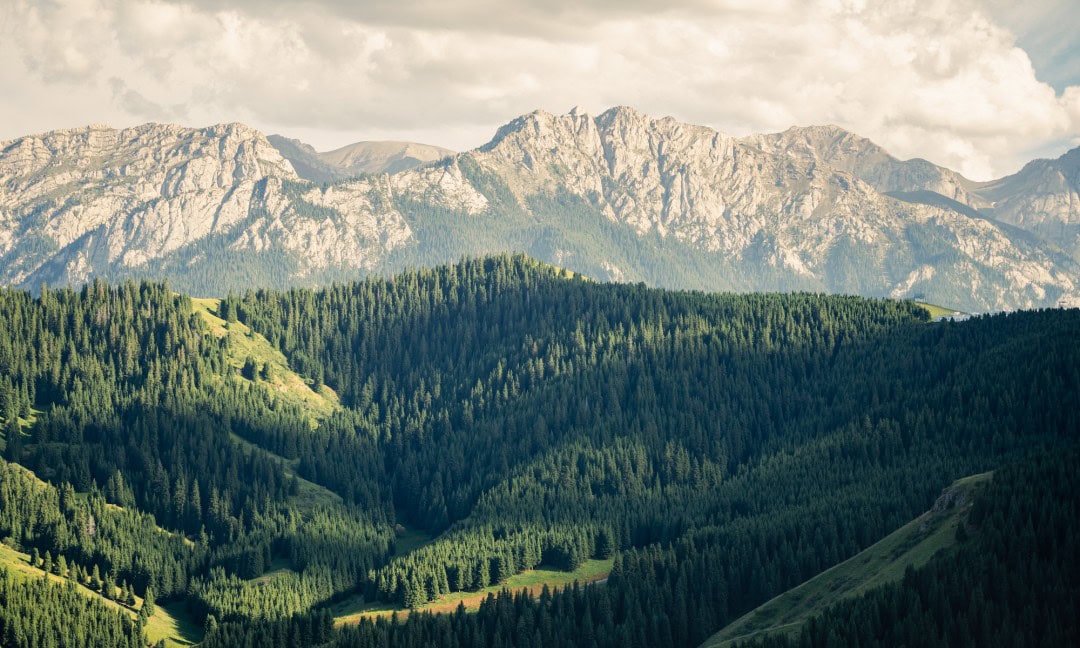
After exiting the south entrance, you will see China’s first double-tower double-cable steel truss bridge—Guozi Kou Bridge. This is also an incredibly beautiful bridge winding through a blue canyon, perfectly blending with the natural scenery. Important note: If you want to take pictures of Guozi Kou Bridge, be sure not to drive directly onto the bridge; instead, walk toward the “Guozi Kou” sign where you can park and take photographs.
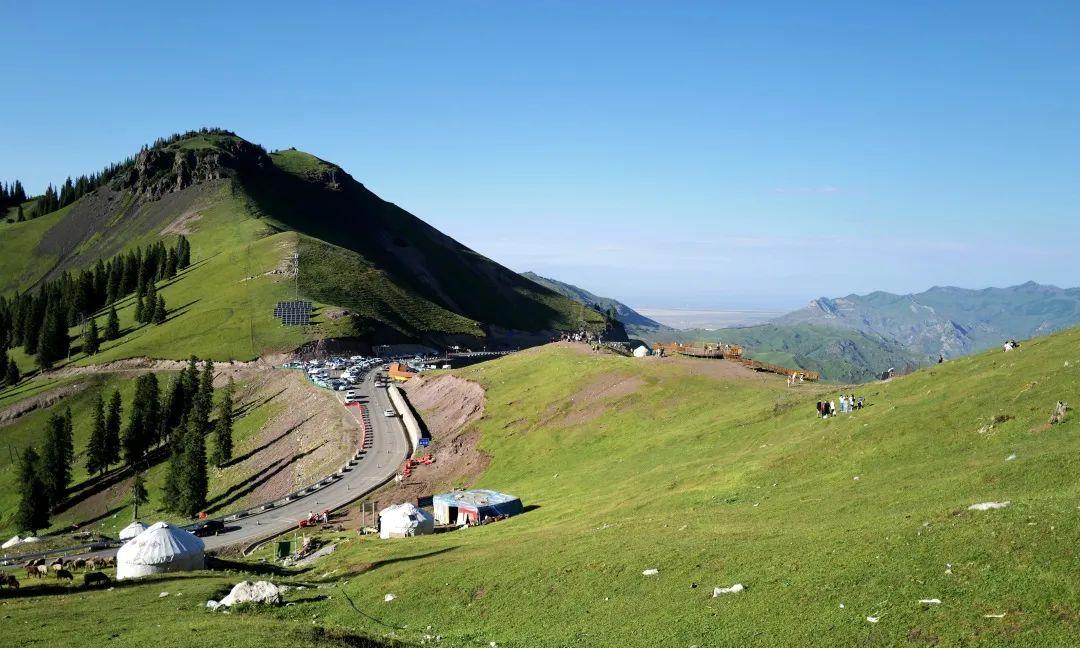
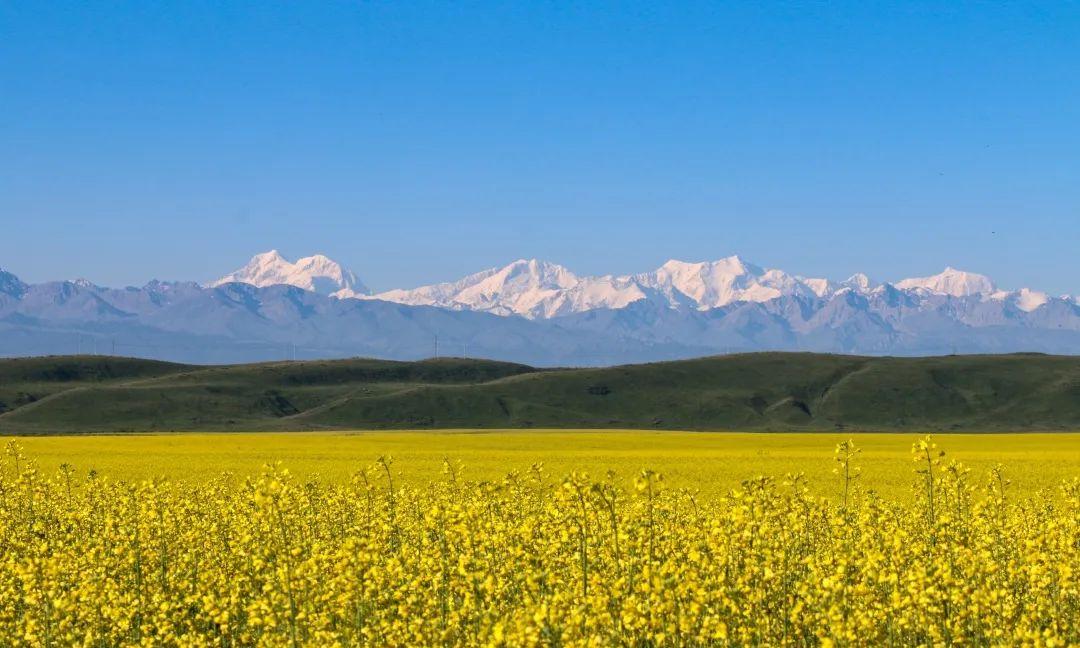
Yizhou Highway
The most beautiful scenery in Xinjiang is often found along the roads, such as Yizhou Highway. Like the Duku Highway, this road is also only open seasonally, and it may have an even shorter opening timeframe than Duku Highway. It is part of the ancient Silk Road’s “Gongyue Road,” spanning over 100 kilometers but condensing all the essence of the Yili River Valley.
The most recognized beautiful section of Yizhou Highway is the segment from Yining to Zhaosu, which feels like driving through an oil painting. However, this road is full of sharp turns, so please ensure safe driving. As you approach Zhaosu, you’ll also see immense fields of rapeseed flowers, which are just as lovely as the ones in Menyuan.
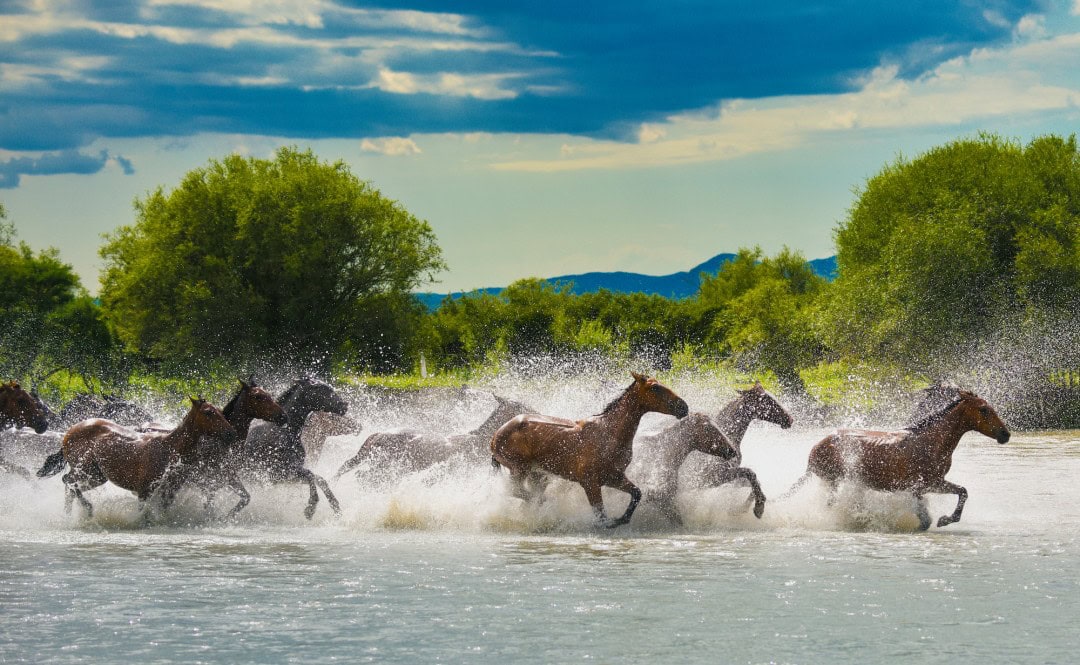
Tip: Yizhou Highway is now open, with daily hours operating between 9:00 AM and 9:00 PM. Temporary traffic control can occur during inclement weather.
Zhaosu Tianma Bath River
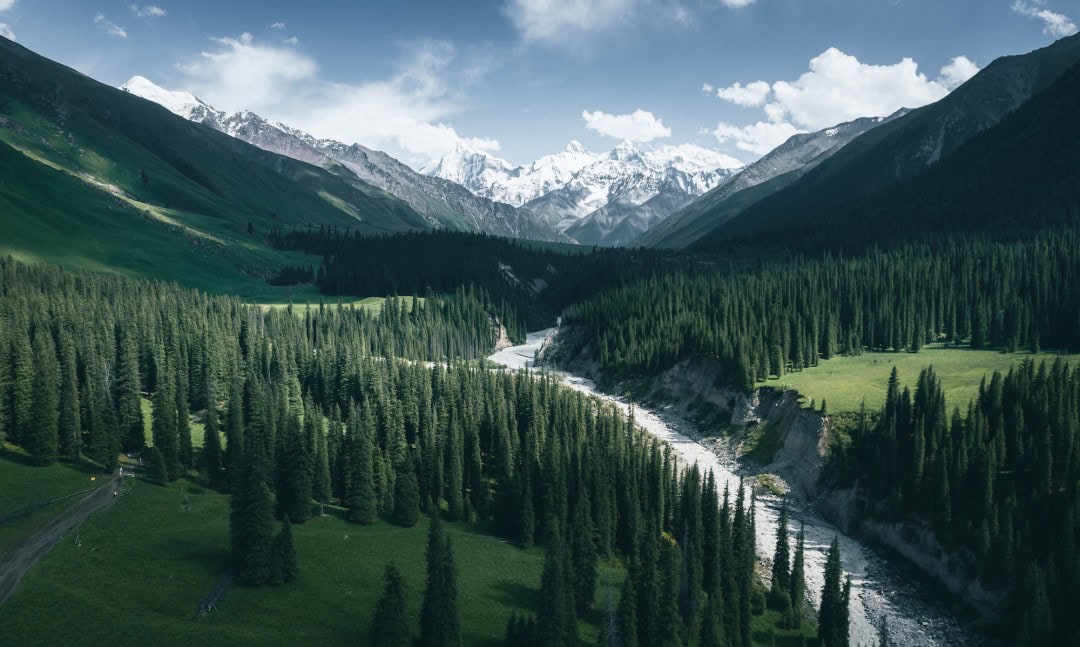
You cannot miss the Tianma Bath River in Zhaosu! Zhaosu County is known as the “Hometown of the Chinese Heavenly Horse.” There is an impressive Tianma Bath River performance in Zhaosu Wetland Park, where thousands of horses gallop across the river, reminiscent of ancient battlefields. The shows usually take place at 11:30 AM, 1:00 PM, 4:00 PM, and 6:00 PM, so make sure to check the timing to avoid a long wait.
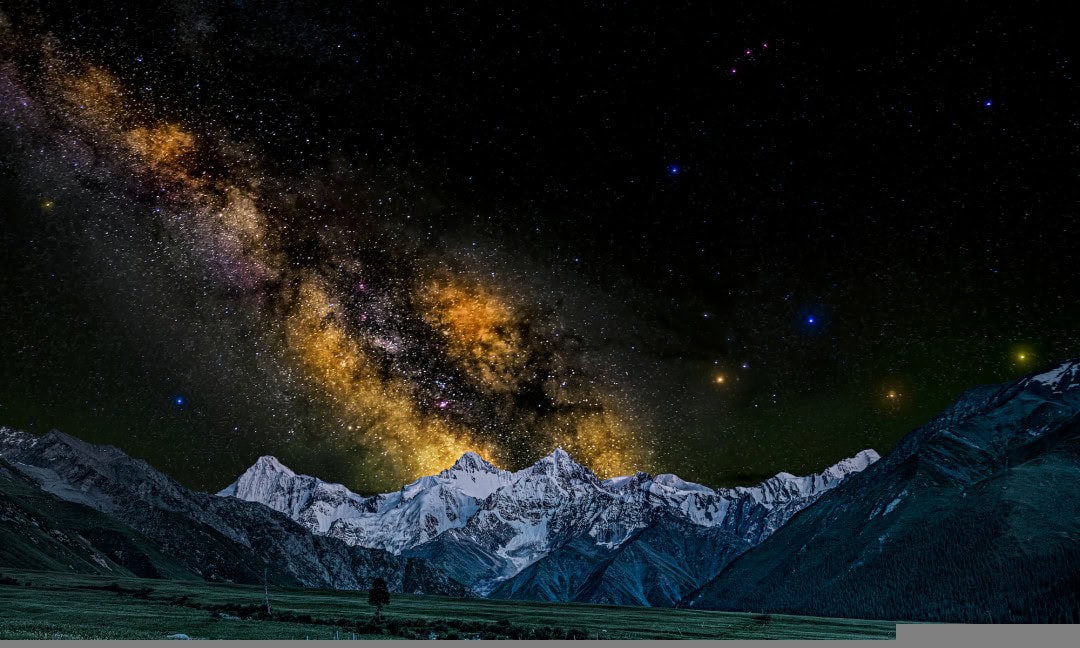
Xiata
Located in Zhaosu County, you can navigate directly to “Xiata Ancient Road National Forest Park Visitor Center.” You must visit Xiata; it is a real-life version of “The Wizard of Oz,” with stunning scenery perfectly suited for taking photos reminiscent of “Heidi and Grandfather.”
The spruce forests, meadows of wildflowers, sky pastures, and canyon forests are all breathtaking. If time allows, it’s worth staying overnight in the park; if the weather is good, you may have the chance to capture a golden sunrise over the mountains and a view of the Milky Way above the snowy peaks.
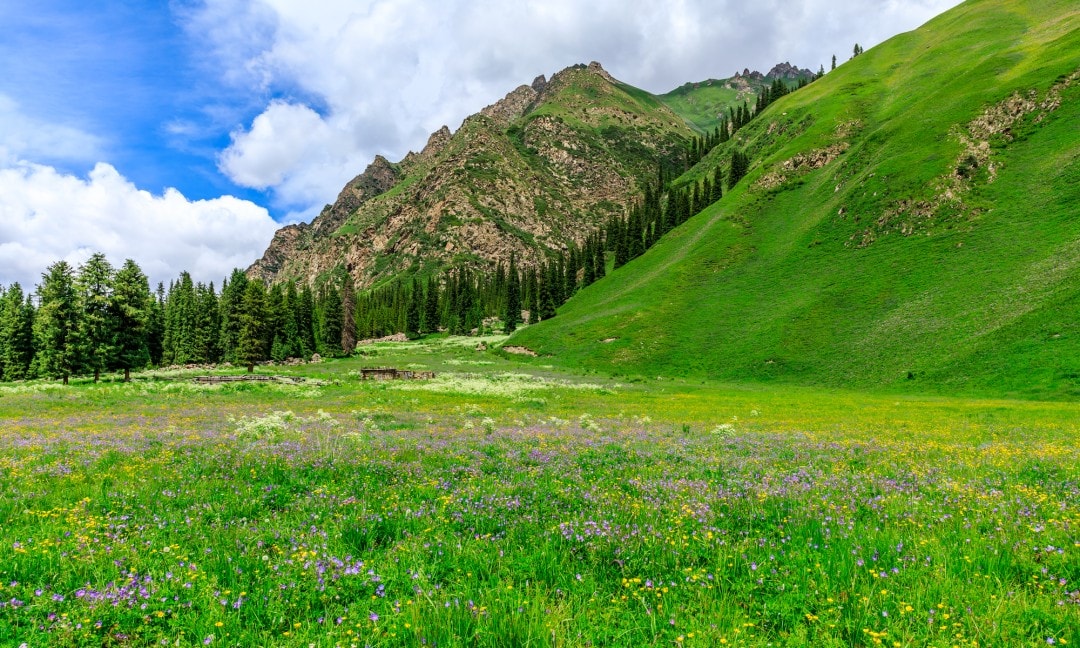
How to Explore Xiata?
From the visitor center, you can directly take a scenic shuttle bus to the hot spring hotel, then take an electric car to General Bridge. It’s recommended to inform the driver to stop at the transfer bridge, as this scenic stretch between the transfer bridge and General Bridge offers the best views, suitable for walking. Once you reach General Bridge, rest a while before further exploring the scenic area. You can either walk or ride to the Flower Terrace, which is very close to the snow mountain; the flower sea and snowy mountains truly feel like a realm of divinity.
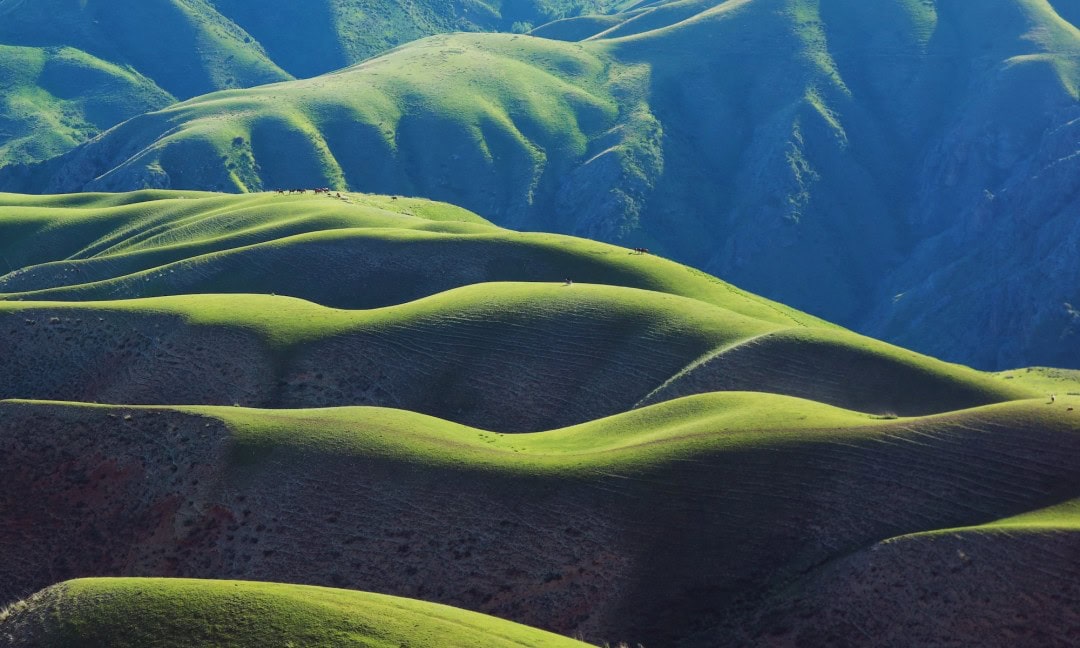
Tip: The signal in the scenic area isn’t great, so remember to bring some cash.
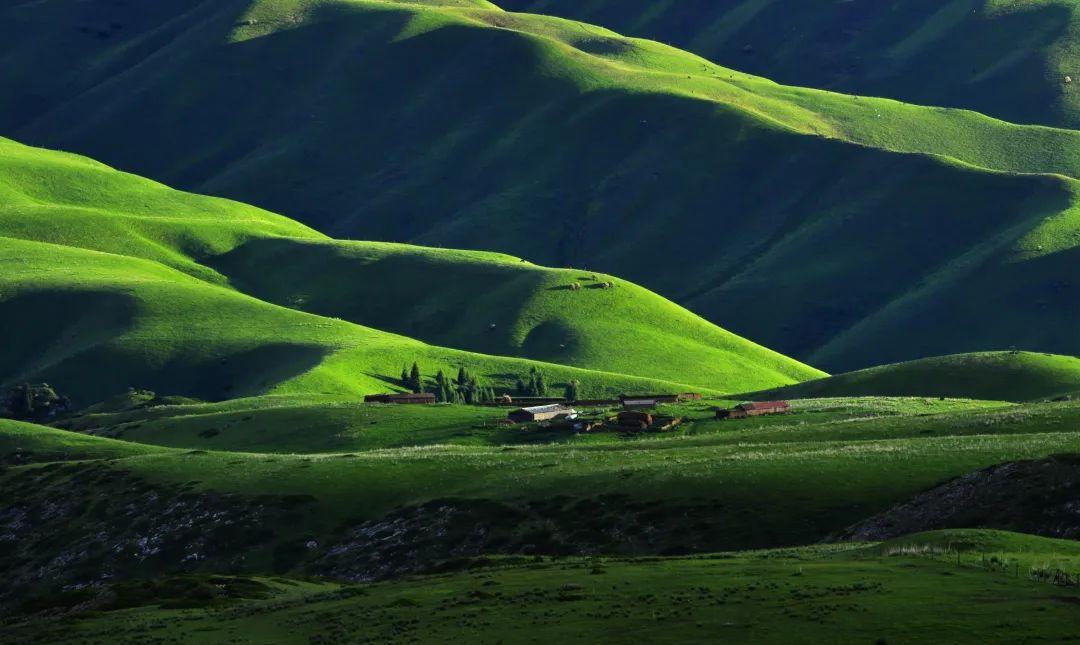
Karajun Grassland
Karajun is uniquely exquisite, with lines of beauty comparable to a human form, and I consider it the pinnacle of Yili pastures. The Karajun scenic area is huge; Eastern Karajun consists of grasslands while Western Karajun has canyons. For an in-depth visit, you will need two days.
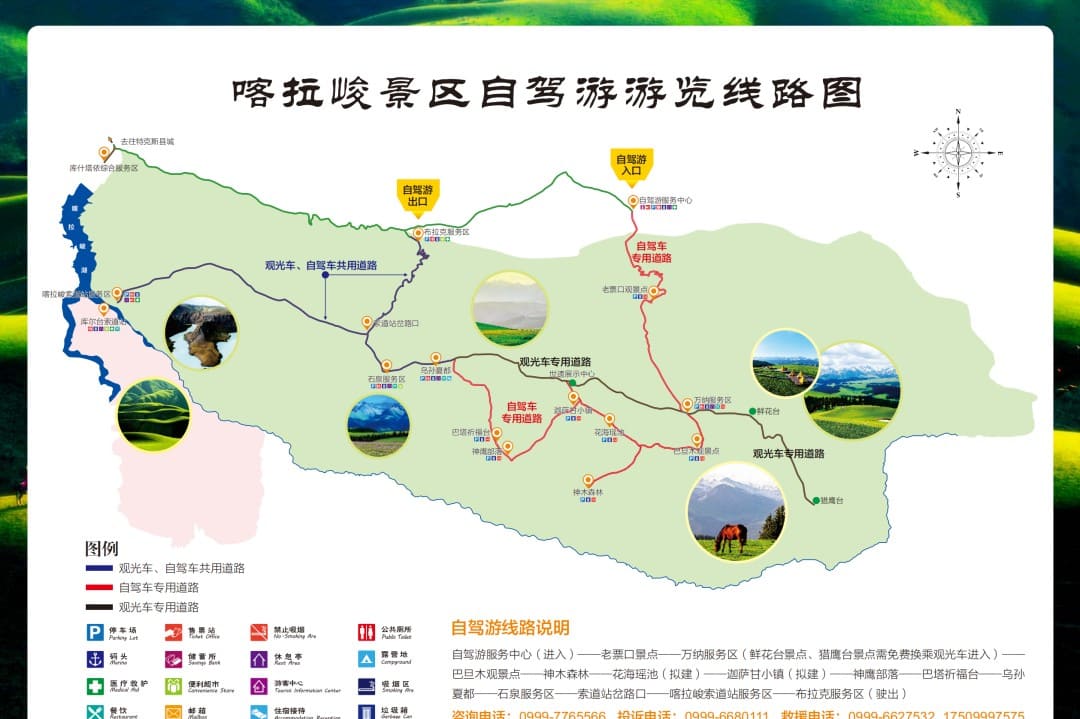
Karajun is open for self-driving this year; it’s advised to make reservations in advance on the “Karajun International Ecological Tourism Area” WeChat mini-program (you must have at least 3 years of driving experience), with a limit of 500 vehicles per day; booking on the same day during peak season carries risks. Self-driving guests can re-enter the scenic area unlimited times within 48 hours; however, for safety, you must exit by 9 PM. To drive there from Tekes, just navigate to “Karajun Self-driving Entrance.”
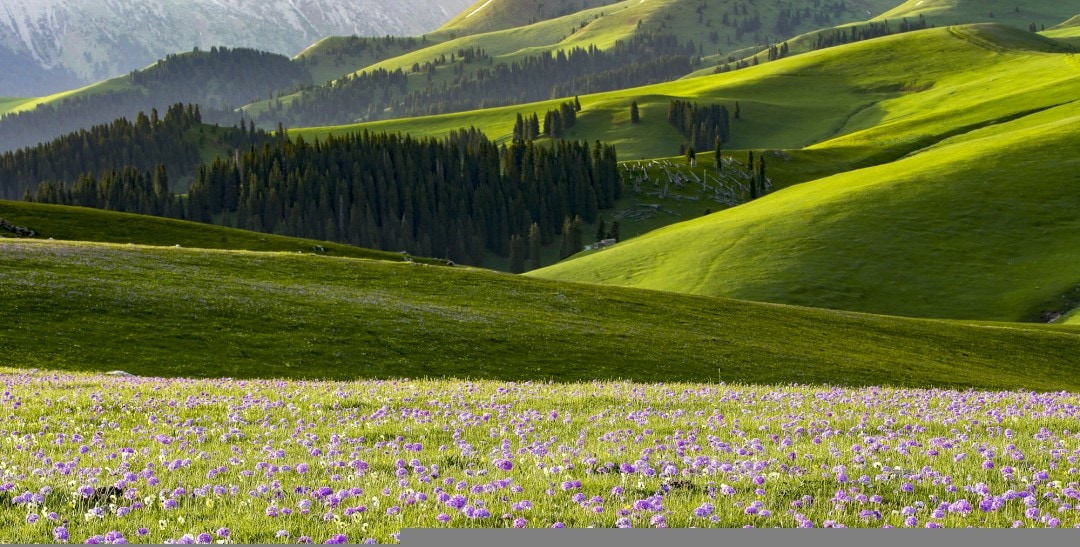
Official Route Recommendation: “Self-Driving Service Center (entry) – Old Ticket Office Attractions – Wana Service Area – Bada Almond Viewing Point – Shenshu Forest – Flower Sea Yaochi (plannned) – Jiasagan Town (planned) – Shenying Tribe – Batai Blessing Station – Wusun Summer Capital – Shiquan Service Area – Cableway Intersection – Karajun Cableway Service Area – Bulake Service Area (exit).”
Additionally, to visit the Flower Terrace and Eagle Terrace, you’ll need to switch to an electric car at Wana Service Area. It’s best to take an electric car to the Flower Terrace and then walk to Eagle Terrace as this scenic stretch is the essence of Karajun. If you visit now, the flower fields here are extraordinarily beautiful.
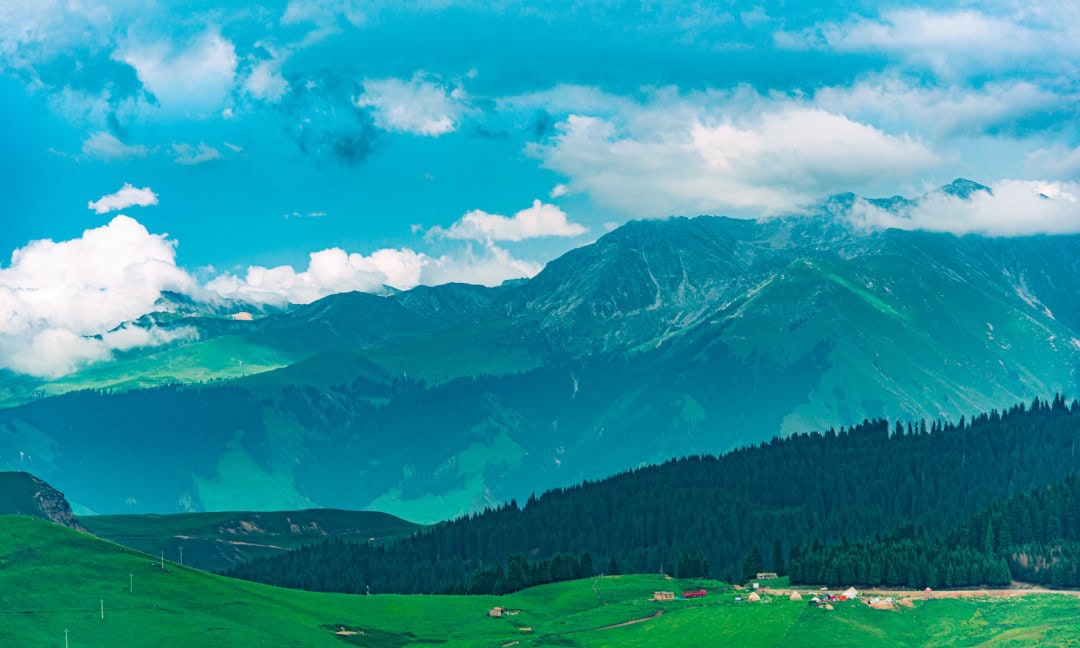
Qiongkushitai
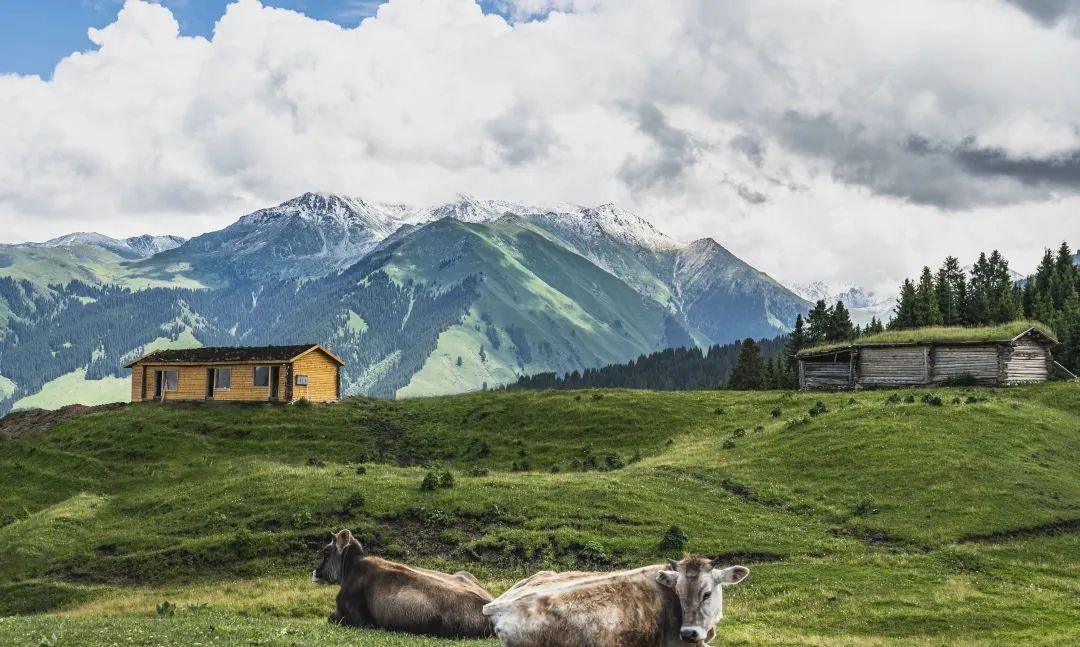
Located at the foot of the Tianshan Mountains, Qiongkushitai looks exactly like the summer pastures described in books, with clouds growing from the horizon, little wooden cabins scattered across flower-filled grasslands, and herds of cattle and sheep…
Qiongkushitai is also the most suitable place for self-driving, especially the stunning stretch from Tekes to Qiongkushitai Village.
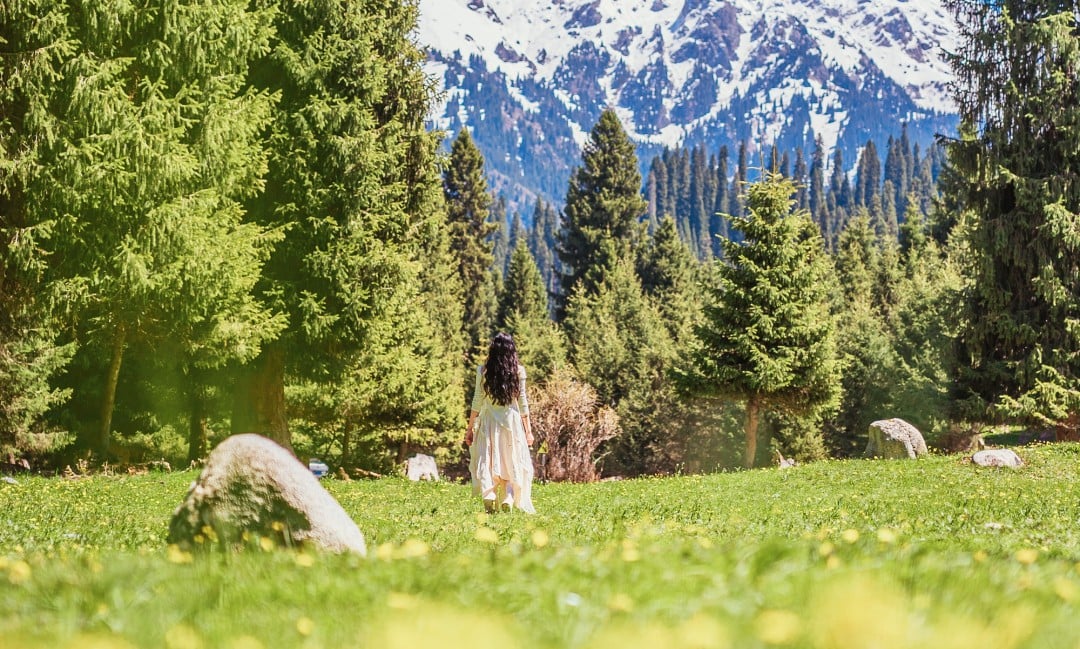
Qiongkushitai can be regarded as part of the Karajun grassland. When exploring Qiongkushitai, it is usually divided into Qiashan and the back mountain. Most of the touring is done at the front mountain, where snow-capped pastures, pastoral villages, and spruce flower seas provide ample beauty. If you have the energy, you can also explore the rear mountain; this area is more secluded and offers a swing beneath the snow mountain that feels especially romantic.
Chasi Forest
The curiosity about Chasi Forest began for me after coming across a sunset online by chance. At that moment, I was left in awe—can such scenery truly exist in reality? I adore Chasi Forest’s sea of spruce; even the greatest painters couldn’t capture its beauty. All your imaginings of Yili pastures can be found here.
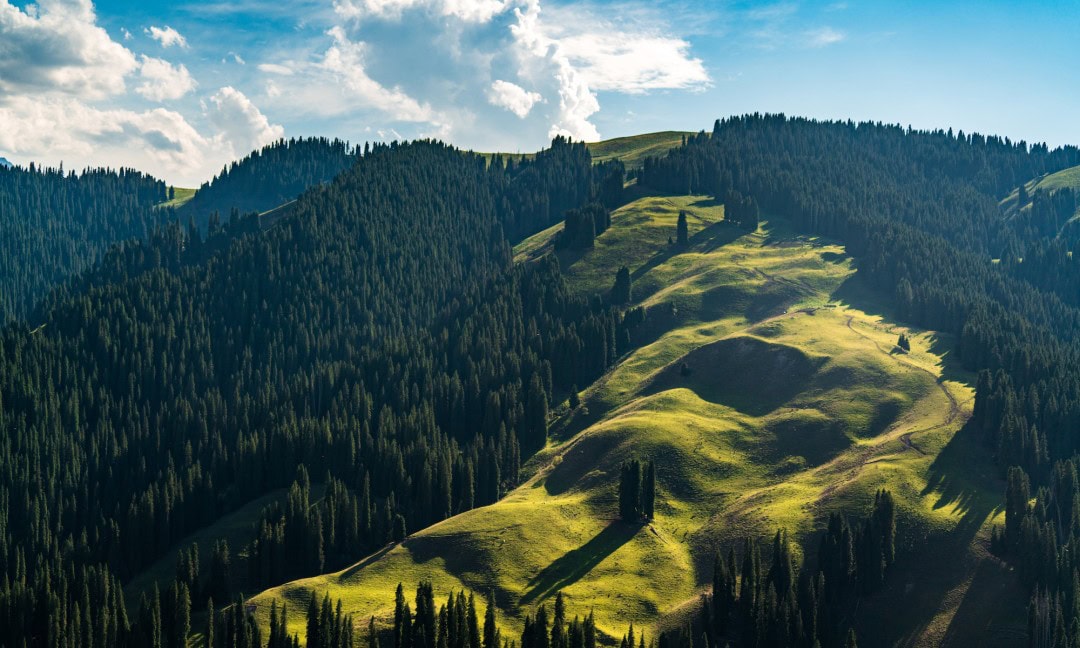
Moreover, Chasi Forest remains uncommercialized, making it a great fit for friends who love self-driving tours. I recommend heading to Chasi before taking the Qiata Ring Road for easier navigation. Ensure to make a reservation in advance on the “Chasi Forest Park Scenic Area” public account. Upon arrival, navigate directly to the “Dakurdening Visitor Center” with your reservation code to purchase tickets. And if you’re planning to visit Chasi, it’s best to go in the afternoon, as the sunsets here are stunning.
Tip: Camping is prohibited in Chasi Forest.
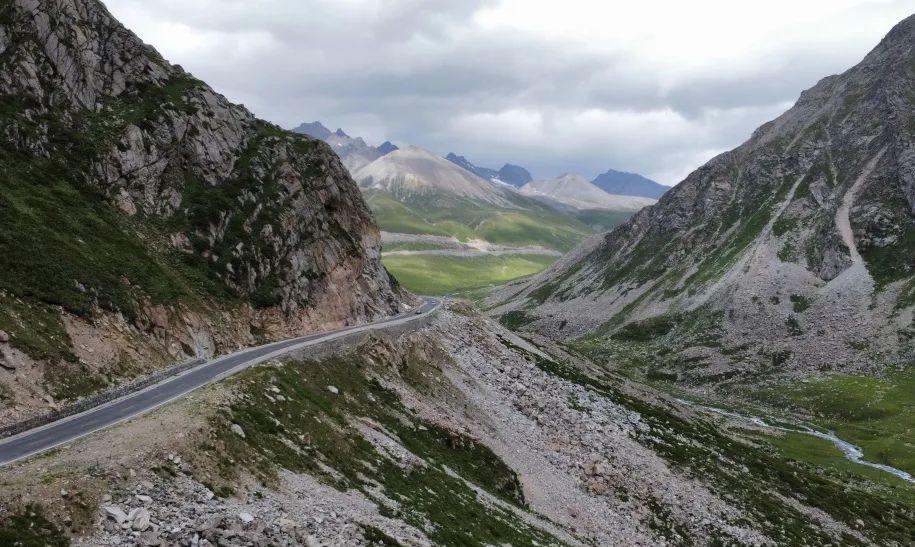
Duku Highway
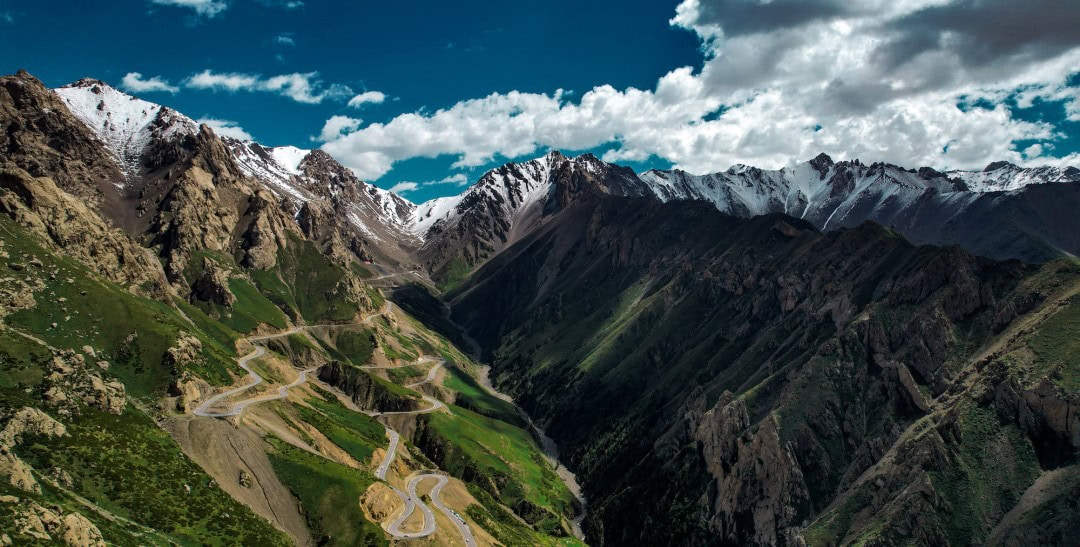
What is the Duku Highway?
The fame of the Duku Highway is easily understood; while it may not be the most stunning self-driving route in China, it certainly ranks among the top in terms of beauty. It is part of National Highway G217, stretching 561 kilometers from Dushanzi in the north to Kuqa in the south, traversing the Tianshan Mountains.
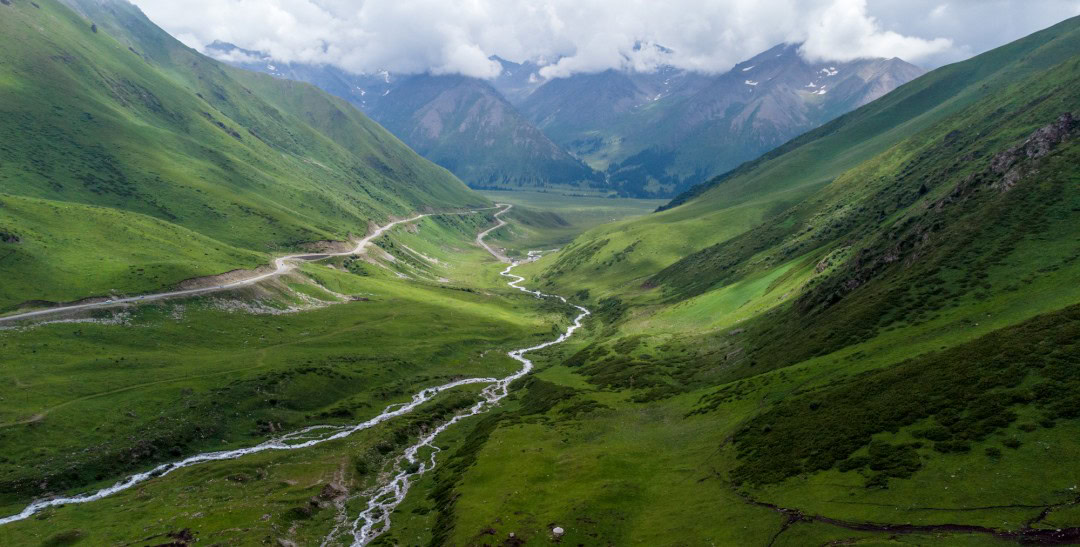
It serves as a major corridor connecting Northern and Southern Xinjiang, but unfortunately, the Duku Highway is only open for a few months each year, making other routes for self-driving between the north and south much longer.
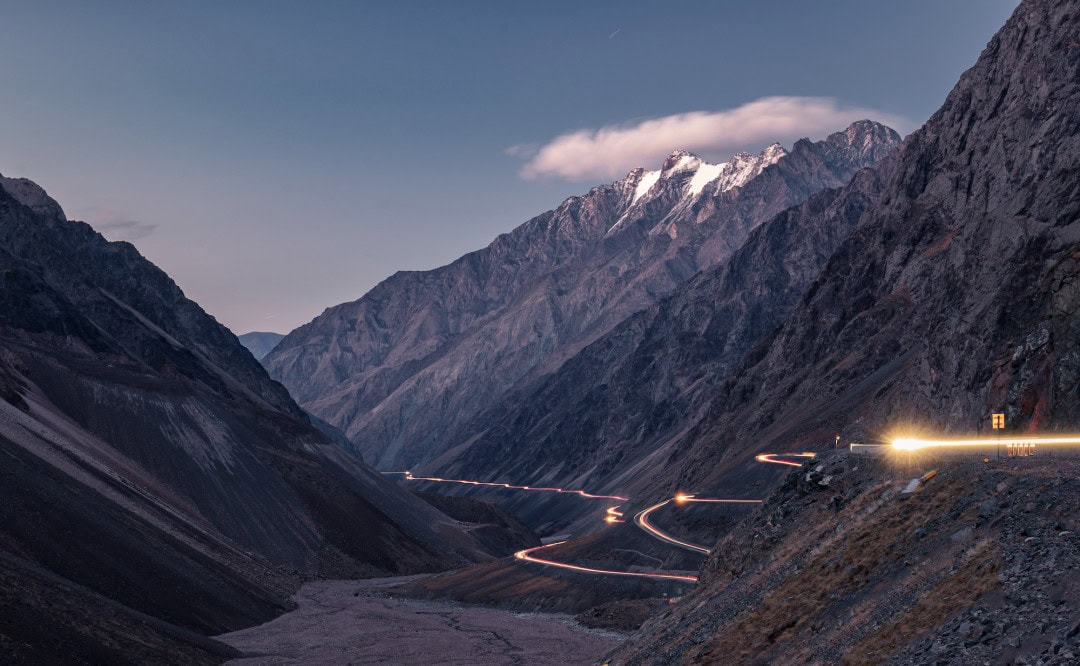
The uniqueness of the Duku Highway lies in the rapid transition it offers through diverse landscapes in a short period—canyons, snow mountains, grasslands, forests, and deserts—showcasing all the essence of Xinjiang. It resembles a beautifully fast-paced film that can stir emotions and evoke awe in just a brief span.
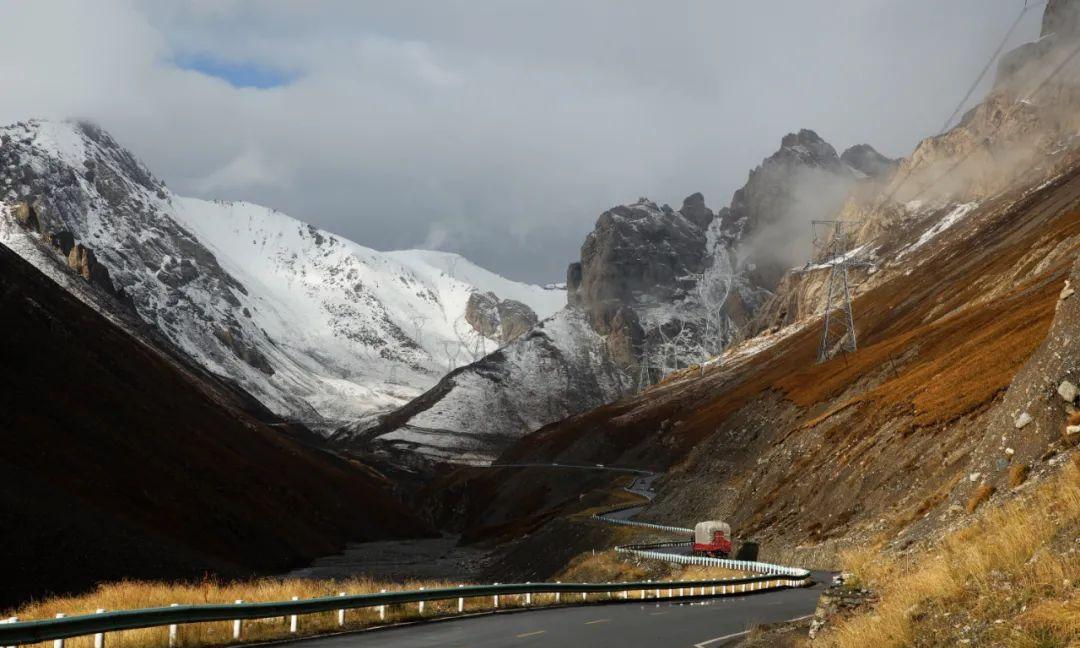
This route acts as a scenic avenue through the Tianshan Mountain range, aptly summarized by the saying, “In one day, one can see all four seasons; within ten miles, experience completely different worlds.” Here, all your dreams of self-driving and imaginations of distant places can become reality. A trip on the Duku Highway can be arranged over two to three days.
Moreover, unlike other scenic roads in China, such as the Bingzhangzhang, Luya Road, or the Shangri-La Grand Circuit, the Duku Highway does not demand high driving skills. Even self-driving enthusiasts without much off-road experience can navigate it. If you lack time to complete the entire above route, simply driving the Duku Highway is also a great choice.
How to Drive on the Duku Highway
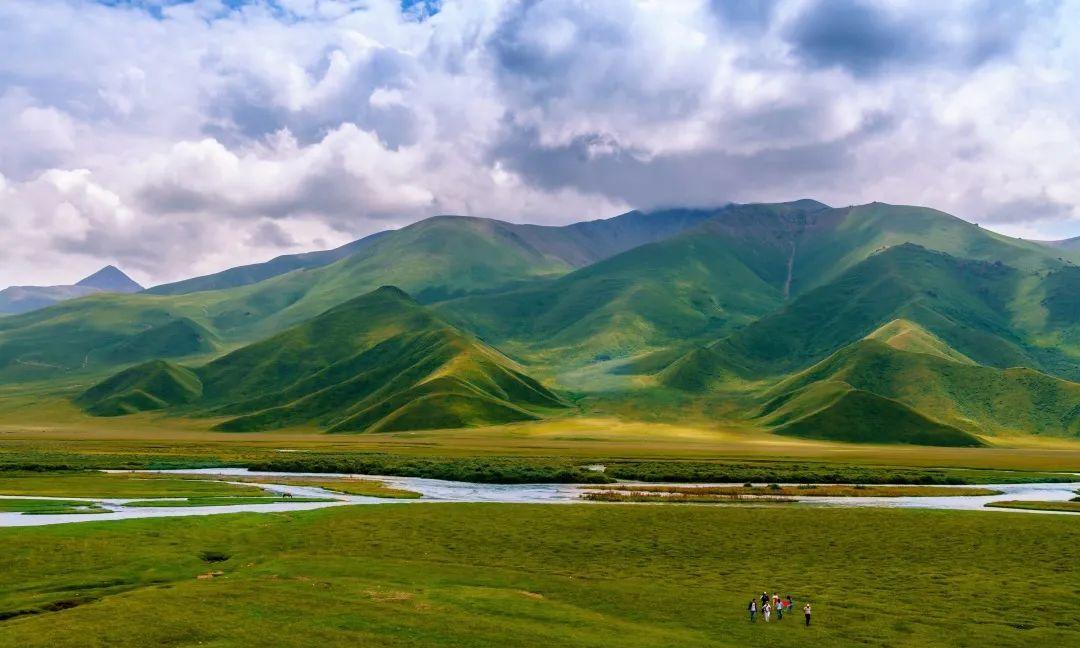
The Duku Highway can roughly be divided into three sections:
Duku North Section (Dushanzi – Qiaerma):
This segment spans about 250 kilometers and takes around 5 hours to complete. It is the most challenging and scenic part of Duku, allowing visits to the Dushanzi Grand Canyon, Hashileng Daban, Qiaerma Martyrs Memorial Hall, and Tangbula Pasture.
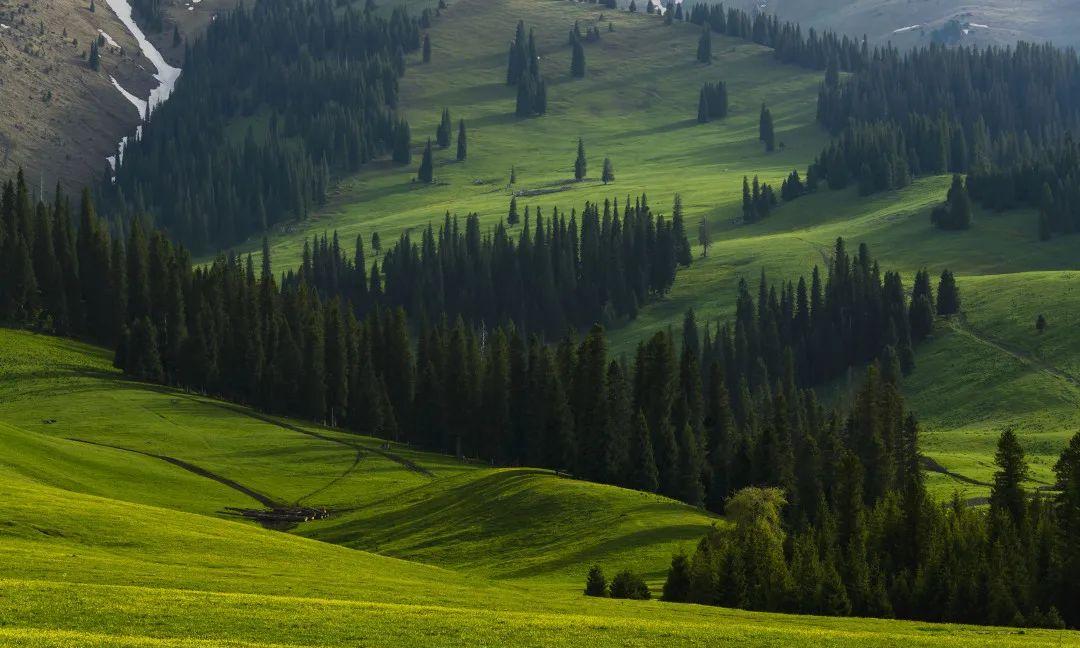
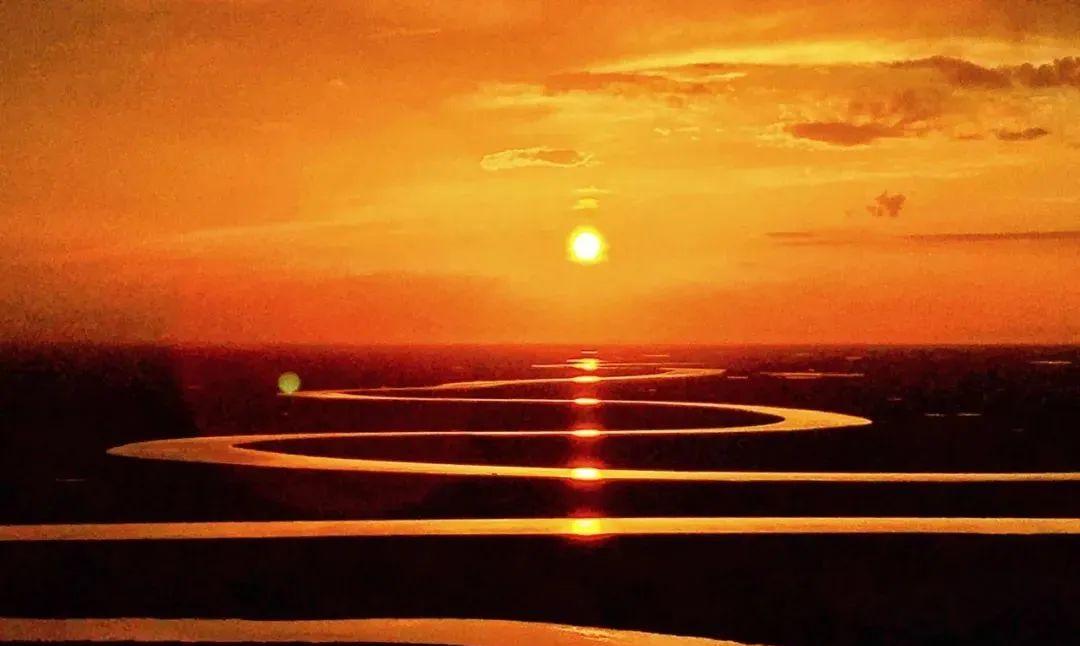
Duku Middle Section (Nalati – Bayinbuluk):
This stretch is about 60 kilometers long, showcasing super beautiful high-altitude pastures and sky roads. Here, you can explore Nalati and Bayinbuluk. If you’ve already visited the previous few pastures, I wouldn’t recommend Nalati as it’s quite commercialized. Bayinbuluk is a filming location for “Riding the Winds and Breaking the Waves,” and the sunset view is gorgeous, so it’s worth a visit.
Duku South Section (Bayinbuluk – Kuqa):
This last stretch is approximately 250 kilometers long, and after the Tie Li Mai Ti Daban Tunnel, you will have entered the southern region. At this point, the scenery shifts from grasslands to forests and canyons, showcasing even more stunning landscapes. Along the way, you can visit the Big and Small Dragon Pools and the Kuqa Tianshan Mysterious Grand Canyon.
Tips:
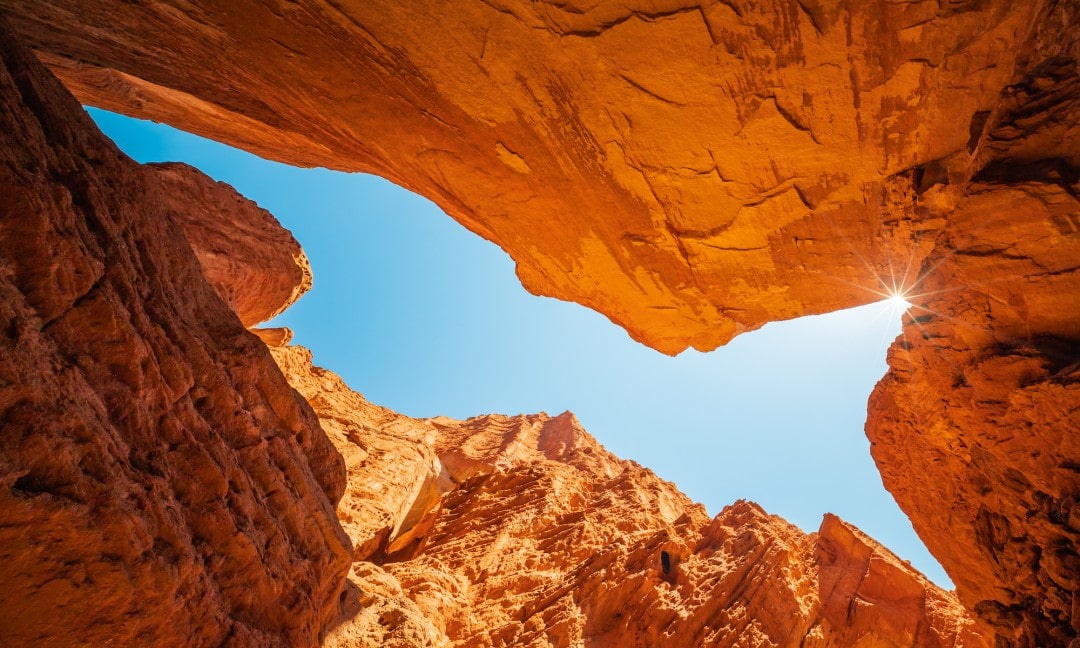
The Duku Highway has a speed limit in place; certain sections require driving under 80 kilometers per hour, so keep a close eye on the speed.
The highest elevation along the Duku Highway is about 3,400 meters, which generally does not affect most people.
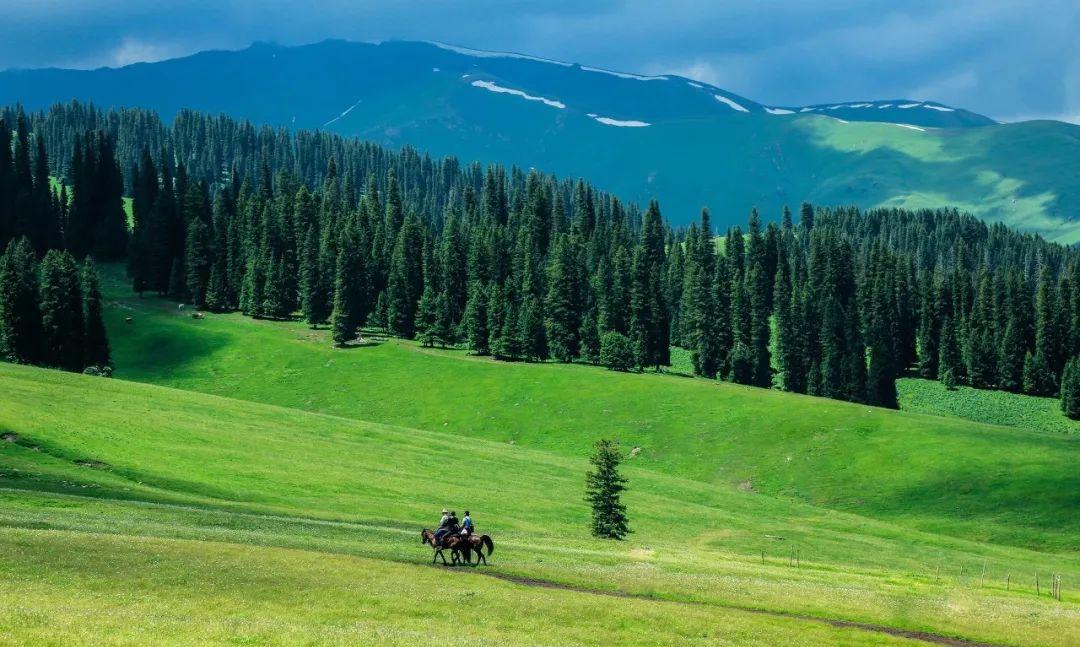

🔎 For a detailed guide on crossing Duku: It’s only open for four months a year; what makes this route so remarkable?
The summer of Xinjiang carries the ultimate dreams of every traveler, and right now is indeed the best time to explore. If you’re eager for a self-driving adventure, grab your itinerary and set off! There’s a promotion from Shenzhou Car Rental offering rent 4 and get 1 free until July 10, so act fast!

